[Color Computer, Ark Royal Games]
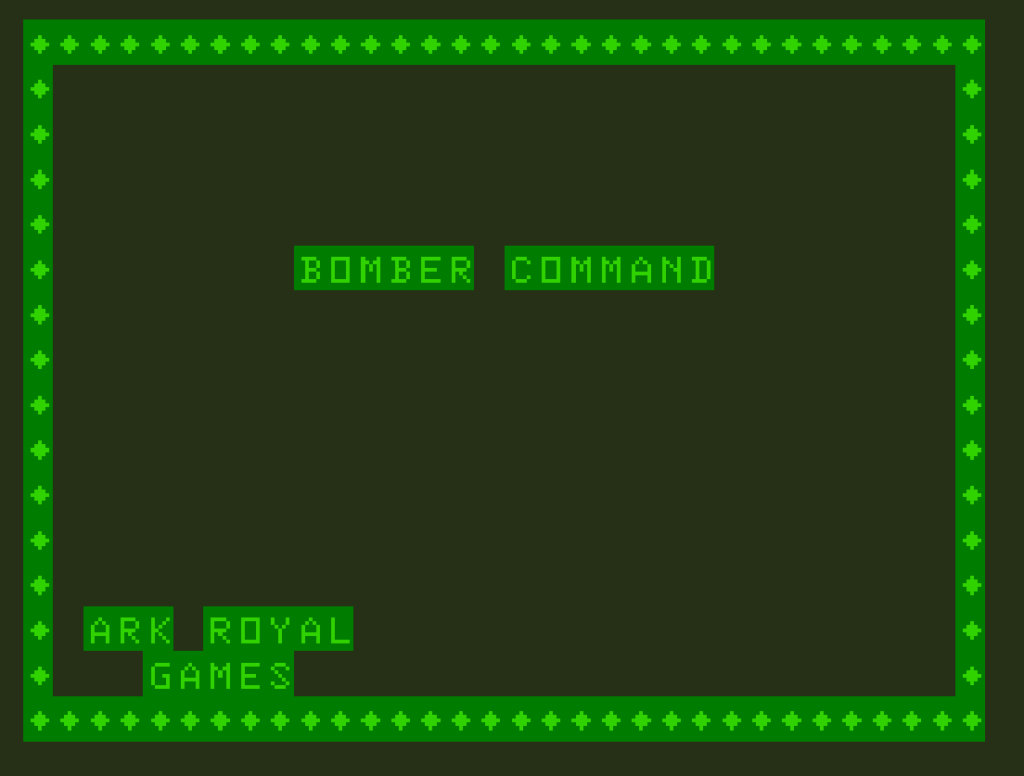
In the early 80s, while wargames were evolving at lighting speed on Apple II, Commodore 64 and Atari, the Coco was still not seeing any significant effort, with the exception of Ark Royal Games’ Across the Rubicon. Alas, Ark Royal Games seem to have struggled to follow up with more successes. Their second game Kamikaze (March 1983) was removed from ads by June (the 32K version would be back in December), and their two following games (Mission: Empire and Galactic Taipan) are clones of respectively Galactic Empire and Galactic Trader. In August 1983, Ark Royal Games finally returned to designing its own games with Bomber Command.
In Bomber Command, the player assumes the role of a bomber squadron leader during the Allied air campaign over Nazi Germany from May 1941 to May 1945, with one mission a month.
- The first phase of the game is a report and briefing, where the player can check their score, how many planes they lost, how many planes are left and their objective for the next mission :

The player has enough clout to refuse the mission (“no bombing for me – come back next month“), which can be wise because Bomber Command will happily request you to commit suicide on taxpayers’ dime, for instance by sending you in 1941 after the ball bearing factories that are all in the heartland of Germany.
- If the mission is accepted, the game becomes a top-view ASCII arcadish game where the player must survive, drop their bomb load and return home. Forget flight plans, there are none.

When flying, they are two threats to the player :
- Enemy anti-air guns represented by “:” symbols. They have a range of two tiles,
- Enemy interceptors, not shown on the map but increasingly aggressive as the player is deeper above the Reich.
Avoiding anti-air guns would be relatively easy, if not for two features :
- The player can only turn (change direction) 5 times during a mission, so it is not possible to carefully navigate around the AA guns,
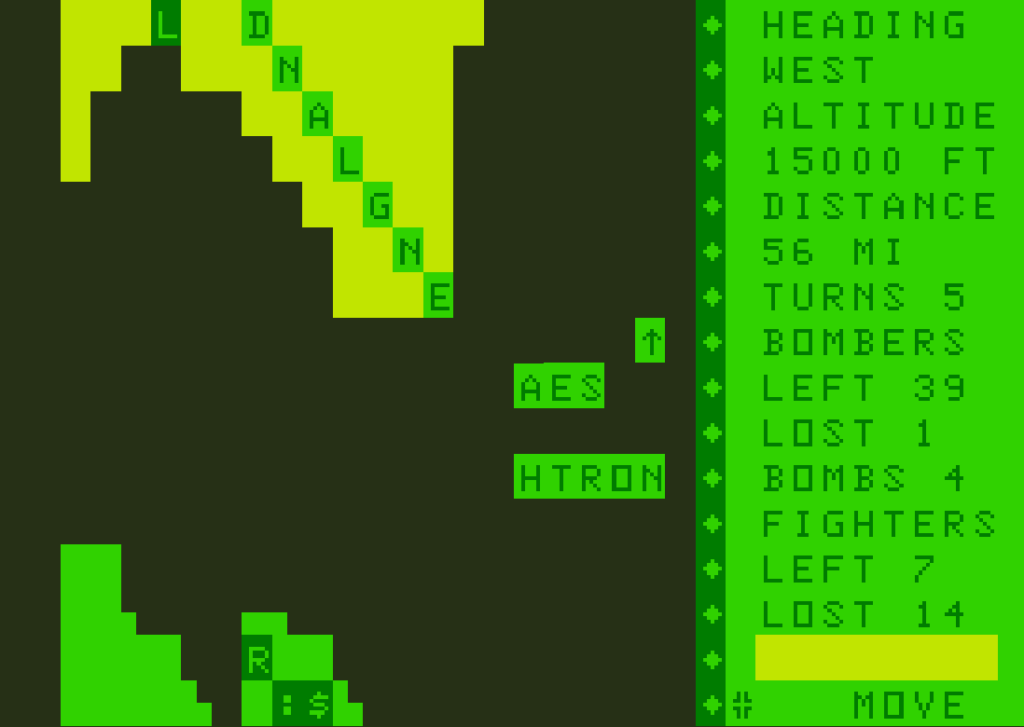
- Bombs are only accurate when attacking at low altitude, but AA guns are highly accurate against your planes when they are at low altitude :

The pace of the game shifts throughout the campaign. At the beginning, the gameplay is challenging as the player’s bomber fleet is small and the fighters cannot follow your bombers deep above conquered Europe. Enemy air attacks are constant, and without fighter escort your bombers drop like flies. In other to minimize the time spent in the air the player will not raid much beyond Northern France or the Dutch coastline, and even then full destruction of your bomber fleet will happen – but it does not end the game.
1942 is even worse. The bomber wings are larger, but the damage caused by the bombers is not repaired so they have to be flown further into enemy lines to find targets.

But in mid-1943, the bomber wing gains the capacity to reach 20 000 feet and the game suddenly becomes trivial. At this altitude, your planes are immune to enemy attacks, and flying above Germany is as safe for your bombers as flying above Equestria is for Twilight Sparkle. German air activity will also decrease sharply even at lower altitudes, further reducing the threat to the player’s planes. The player will be free to raid deep in Germany and return with most of their planes.
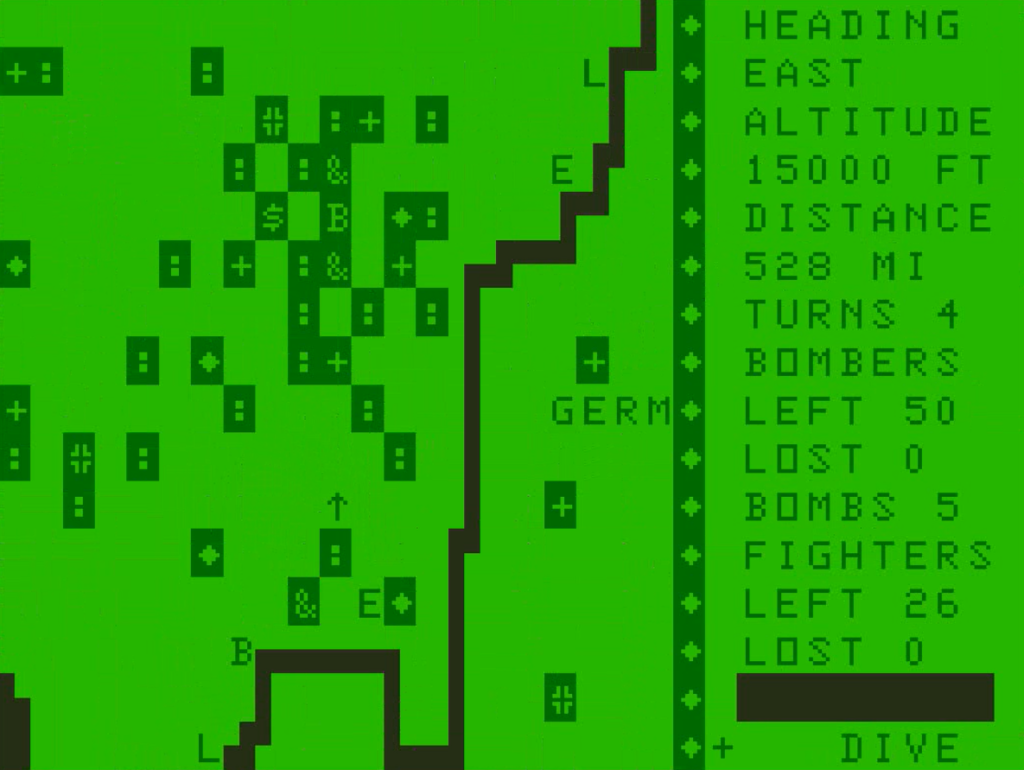
From then on, the game becomes easier and easier. Germany deploys a massive amount of AA guns, but you only need to dive when next to a target, or you can just bomb everything from 20 000 feet anyway. Enemy interceptors are seldom encountered anymore, and you have so many fighters that they will not shoot down any bomber anyway. The game becomes about how to be the most efficient point-wise.
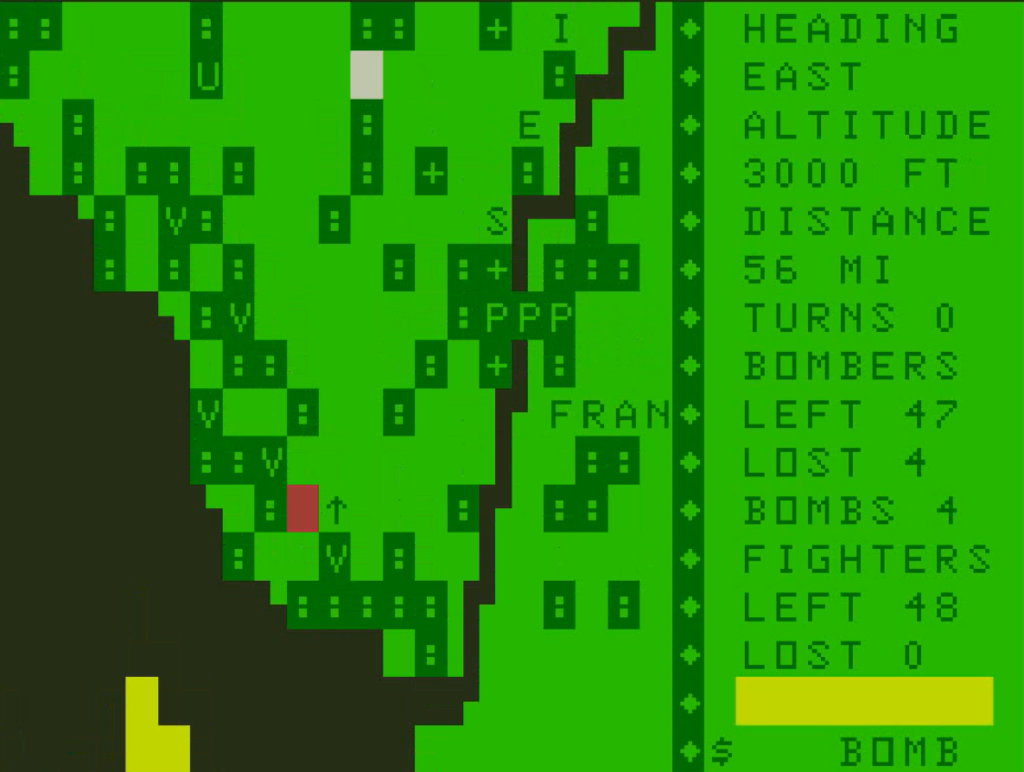

No one will be surprised when I say that the game ends in May 1945 :
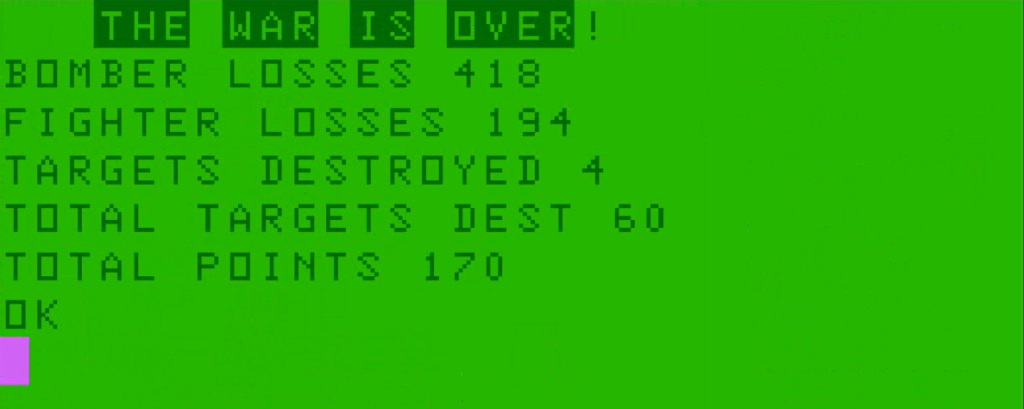
Bomber Command is war-themed, but it is not a wargame according to my definition : there is no resource management, and you are only ever control one unit. It is not a good game either – it is slow (there is a small animation every time AA guns shoot at you, which can be a lot of time when you approach a well-defended target) and repetitive. Still, Ark Royal Games will eventually return to full-fledged wargames, and I could not let a game called “Bomber Command” pass by the wayside.